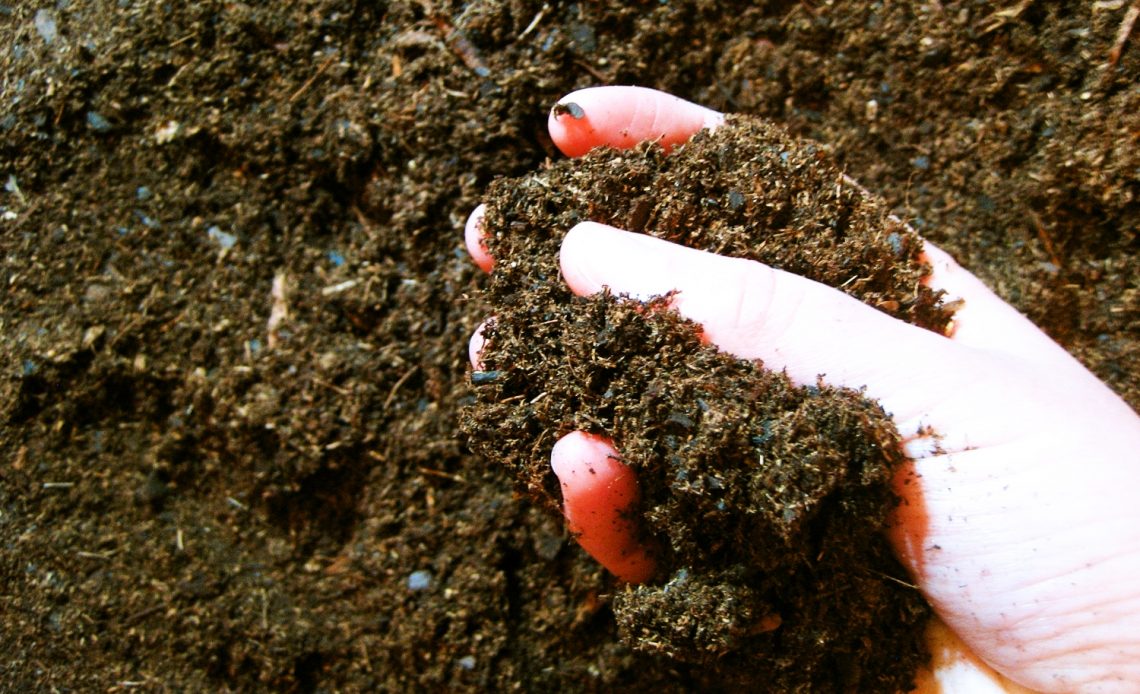

We’re here to help! Wild Yards is a completely free website that is 100% dedicated to helping you create a wildlife-friendly, sustainable yard. Read more
WildYards is reader-supported. When you buy a product through a link on our site, we may earn a comission. Every product is independently selected by our (obsessive) editors and our reviews are unbiased and objective. Read more about our mission or our privacy policy.
Gardening is all fun and games until you start seeing a lot of bugs. Then you know you’ve got a problem on your hands. When you grow your own vegetables, you come to expect the occasional insect infestation. But you also know that not all bugs are bad. Aphids and spider mites may cause damage to your fruits and veggies, but ladybugs and parasitic wasps are extremely helpful. If you notice tiny white bugs in soil, you may be wondering if you should try to get rid of them or if your garden would be better off if you left them alone.
Some of the tiny white bugs in your garden’s soil, namely soil mites, are actually beneficial. But others, like aphids, whiteflies, spider mites, and mealybugs can kill your plants. Knowing which insects are in your garden will help you determine whether or not you should eliminate them.
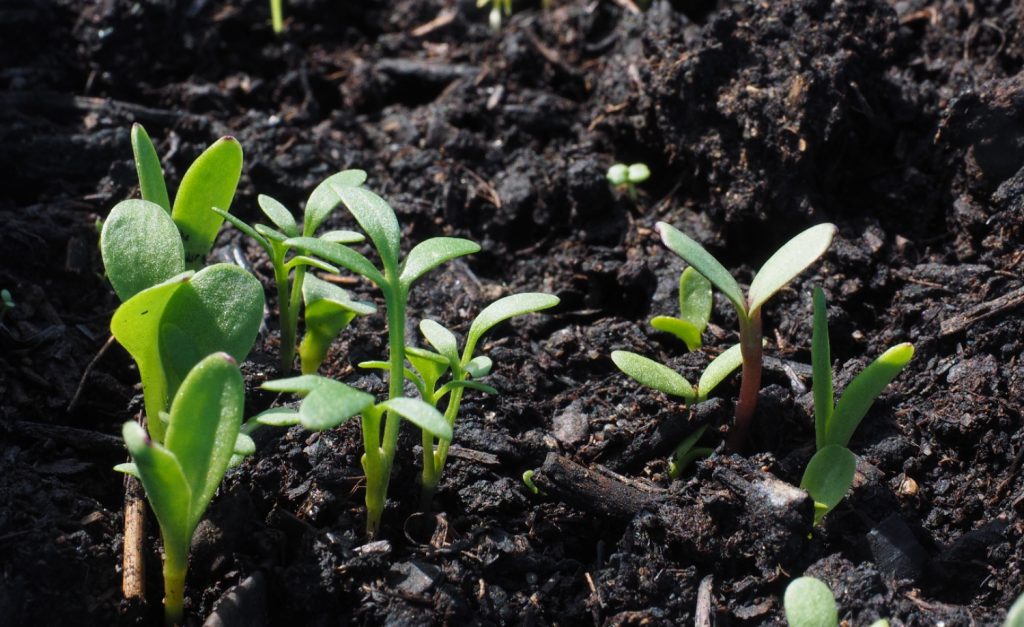
What are those tiny white bugs in your soil?
Before you figure out how to deal with all those tiny white insects crawling through your garden’s soil, you’ll need to take a closer look at them. Grab a magnifying glass and see if you can identify any of the following insects.
Soil mites
If you notice tiny white bugs in soil, then it’s almost certainly soil mites. Members of the Arthropod phylum, soil mites resemble their relatives, spiders and ticks. These insects are the size of a pinhead, so they’re hard to spot with the naked eye unless they’re moving. A 50-gram sample of garden soil can yield more than 200 soil mites. And while that might sound like a huge problem, it’s actually a good thing!
Soil mites may look like any other creepy crawly, but they do the plants in your garden a massive service. These insects feed on decaying organic materials, including dead leaves and fallen flower heads, breaking down nutrients so plants can absorb them more easily. If you see these tiny white bugs in your garden soil, be glad, because it’s a sign that your soil is healthy.
Spider mites
Spider mites are related to soil mites, but they’re not the same. While soil mites help keep your garden in good shape, spider mites suck sap from your plants, robbing them of the food they need to survive. While you may see spider mites in the soil at the base of your plants, they also like to nest on foliage. Look for small white webs on the leaves of your plants near the stems.
Like soil mites, spider mites are also really tiny. And although they can be white, they’re usually red, orange, green, brown, or yellow. If your plants are infested with spider mites, you’ll notice stunted growth, yellowing foliage, loss of flower buds, and lack of fruit production.
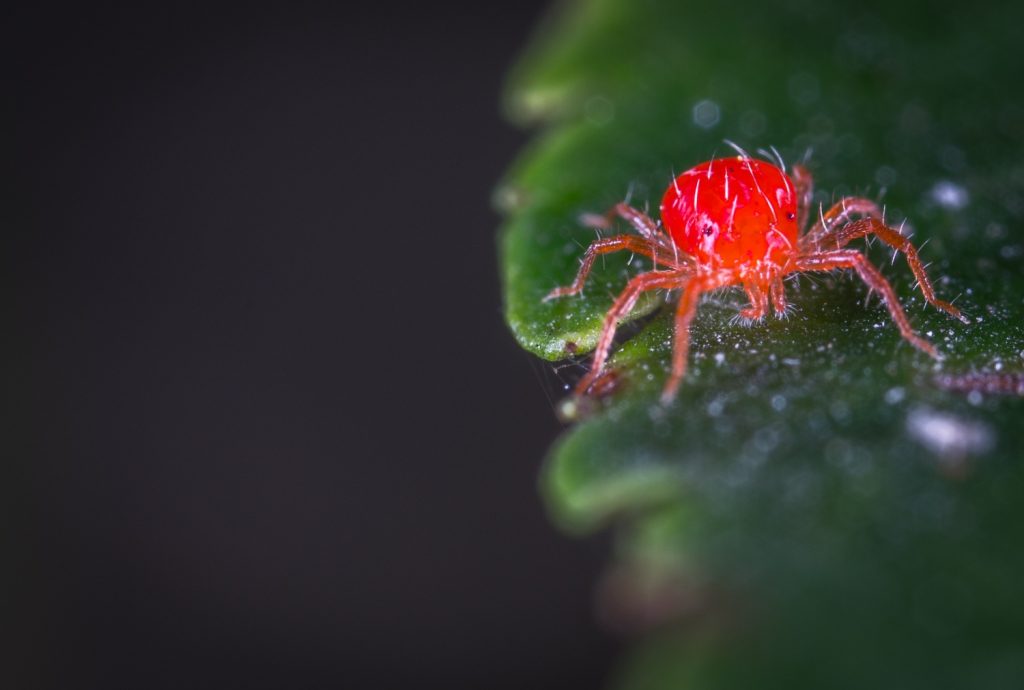
Mealybugs
It’s not uncommon to find mealybugs on the stalks of your plants. These wooly white bugs suck the sap from plants, leading to stunted growth and wilting foliage. Some mealybugs prefer life above ground, but root mealybugs are all too happy to dig deep into the soil and infest your plants’ roots. Over time, root mealybugs drain plants of their plant food, leading to symptoms of nutritional deficiencies, including discolored foliage and brown leaf edges.
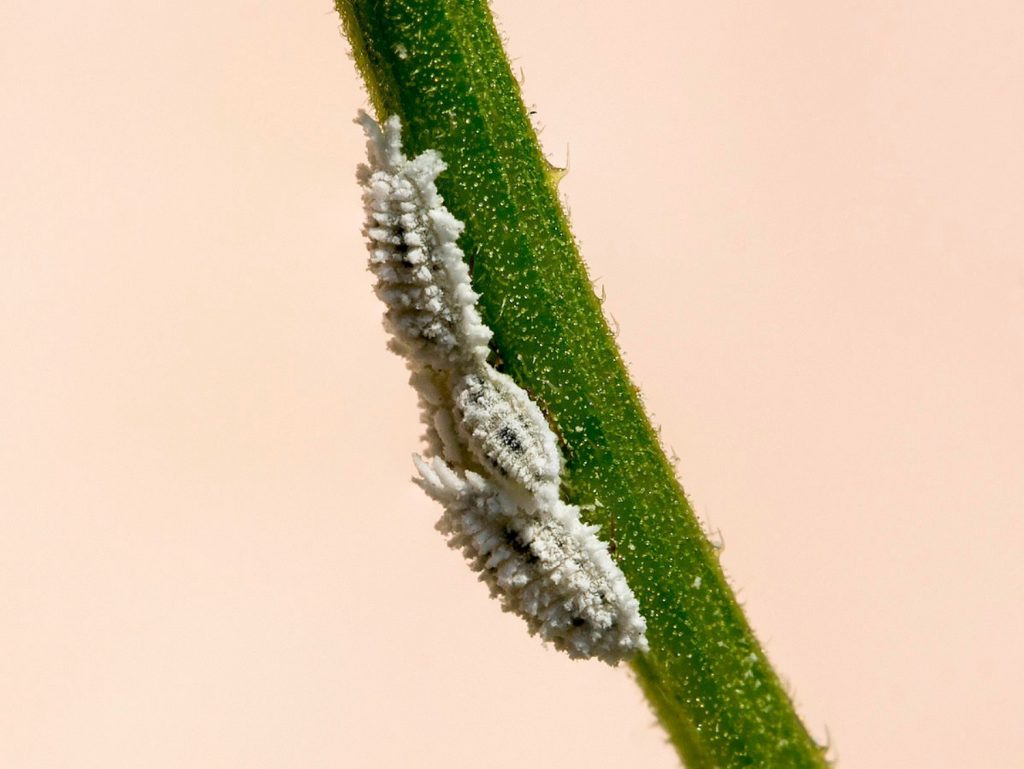
Thrips
Thrips also feed on the sap inside your plants. Although mature thrips are brown and black, young thrips are white to pale yellow. When thrips hatch, they may fall off the leaves into the soil below. These bugs are longer than mites or mealybugs, and they leave fuzzy yellow residue peppered with black frass (insect excrement) on their host plant’s leaves. Severe infestations can contribute to yellowing foliage, dying leaves, and poor crop yield.
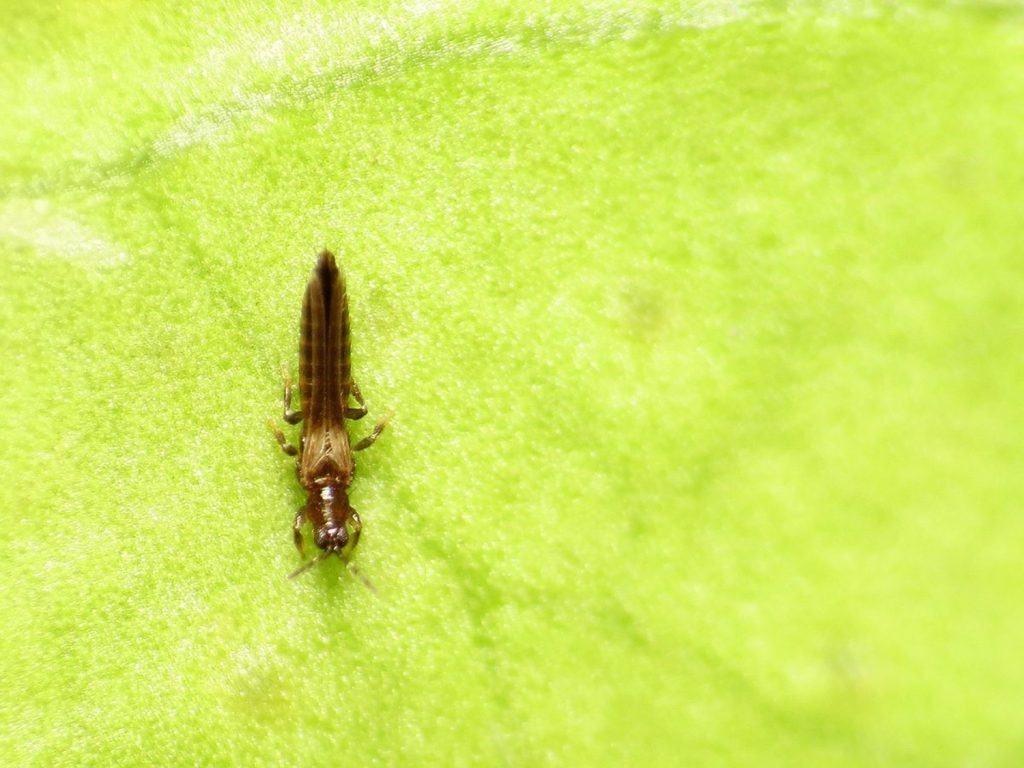
Aphids
Aphids can make short work of the plants in your garden, and even if you can’t see any on your plants, that doesn’t mean they aren’t there. Check the soil. Root aphids like to hang out near the base of the plant, where it’s easy to feed on the exposed roots. These white oval-shaped bugs can make your plants’ leaves curl and die off.
Are tiny white bugs in soil harmful?
If you find soil mites in your garden, then there’s no need to take action. Soil mites are a good thing and, like mushrooms, they’re a sign that your soil is in great shape. If you haven’t spotted any soil mites, but you’d like to introduce these beneficial insects to your vegetable patch or raised garden beds, take a closer look at your compost bin. Soil mites love moist, nutrient-rich substrates. Adding some soil mite-rich compost to your garden can improve its performance from the roots up.
On the other hand, if your garden soil is infested with spider mites, mealybugs, thrips, or aphids, you’ll need to take action. All of these bugs feed on plants, depriving them of their hard-earned energy. The smaller the infestation, the fewer negative side effects you’ll notice. But if your soil is crawling with these pesky white bugs, it won’t be long before your plants start to suffer.
If the tomatoes, squash, cucumbers, or other plants in your garden are showing signs of nutritional deficiencies, that doesn’t necessarily mean they’re infested with insects. Check the foliage and the soil carefully before taking action. If you don’t see any signs of bugs, it’s much more likely that your plants need to be fertilized. Use an at-home soil test kit to check nutrient levels and correct any underlying imbalances.
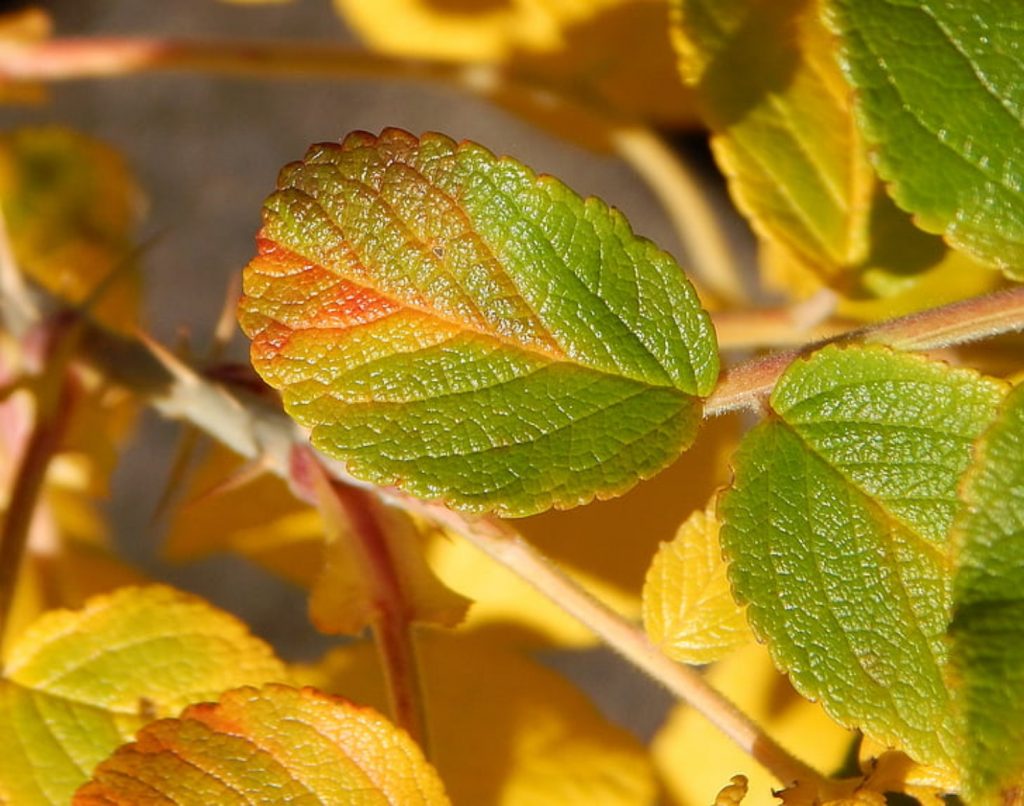
6 Ways to get rid of those tiny white bugs in soil
Once you determine that your soil is infested with harmful insects, it’s time to do something about it. The quicker you act, the better off your plants will be. Here are 6 ways that you can get rid of tiny white bugs in soil.
Apply a neem oil dilution
The first thing you should do if you find tiny white bugs in your soil is spray it down with a homemade insecticide. Neem oil is particularly effective against these types of insects. Add a tablespoon of neem oil and a tablespoon of dish soap or insecticidal soap to a gallon of water. Pour this dilution into a spray bottle or pump sprayer and give your garden soil a liberal once-over.
Neem oil is a potent natural insecticide. It kills aphids, thrips, and other pesky soil insects quickly, but it won’t harm beneficial insects or your plants. The smell of the neem oil insecticide also helps prevent other garden pests from taking up residence in your soil, so it can be used as a preventative measure, too.
Physically remove the insects
Small infestations are easy enough to deal with. If you only see a few white bugs in your soil, then picking them out by hand is the best way to tackle the problem. This method is also useful for potted plants. For larger areas, we recommend spraying the soil with a neem oil dilution several days prior to removing the insects, just to make your job easier.
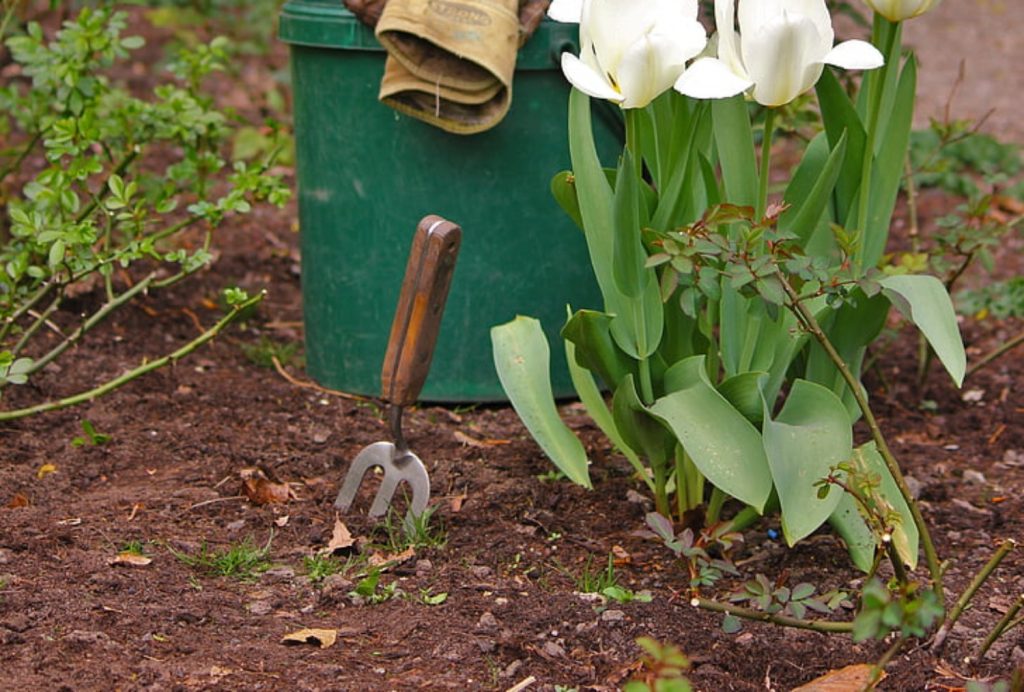
Release natural predators
You’ve heard the expression “fight fire with fire”. Well, why not fight insects with more insects? Purchase ladybug larvae, lacewing larvae, and parasitic wasp larvae to release in your garden. When they mature, these insects will happily feast on the damaging insects that are ruining your plants’ soil.
Predatory insects will patrol your garden to help keep insect populations under control. Additionally, they also help boost pollination rates, resulting in better crop yield. Usually, you only need to release these insects into your garden once or twice, and they can sustain their population on their own after that. But, for best results, you should release new predatory insects every year. This will help combat preexisting infestations and keep new ones from developing.
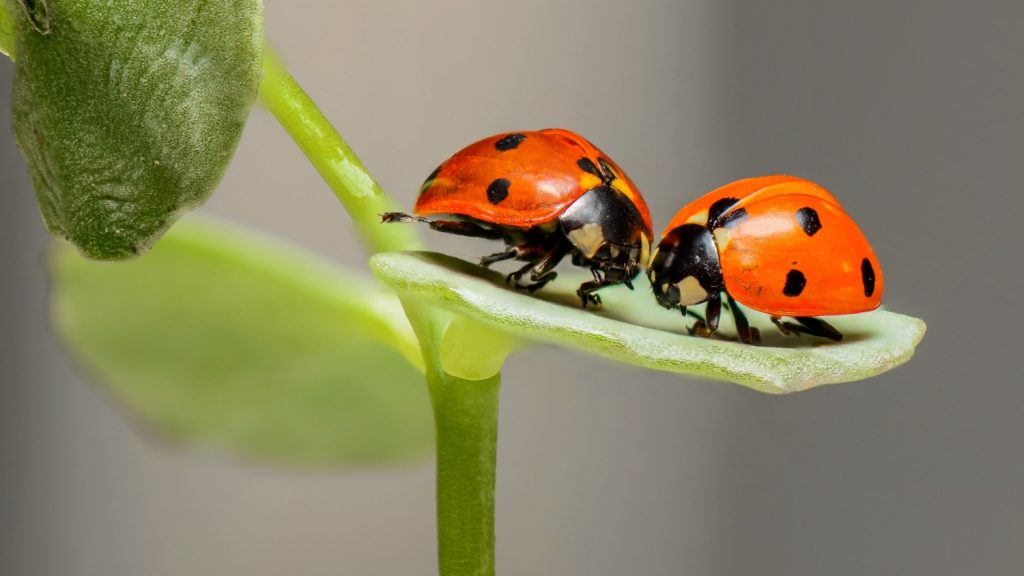
Try a chemical insecticide
If the aforementioned measures don’t put a stop to your soil infestation, you may need to invest in a chemical insecticide. An organophosphate insecticide will work best for these types of insects. Be sure to follow the manufacturer’s instructions to avoid overapplying. Wear long sleeves, pants, goggles, and a face mask to avoid inhaling the insecticide or getting any on your skin. For best results, wait for a still day to spray the insecticide so it doesn’t go all over the place.
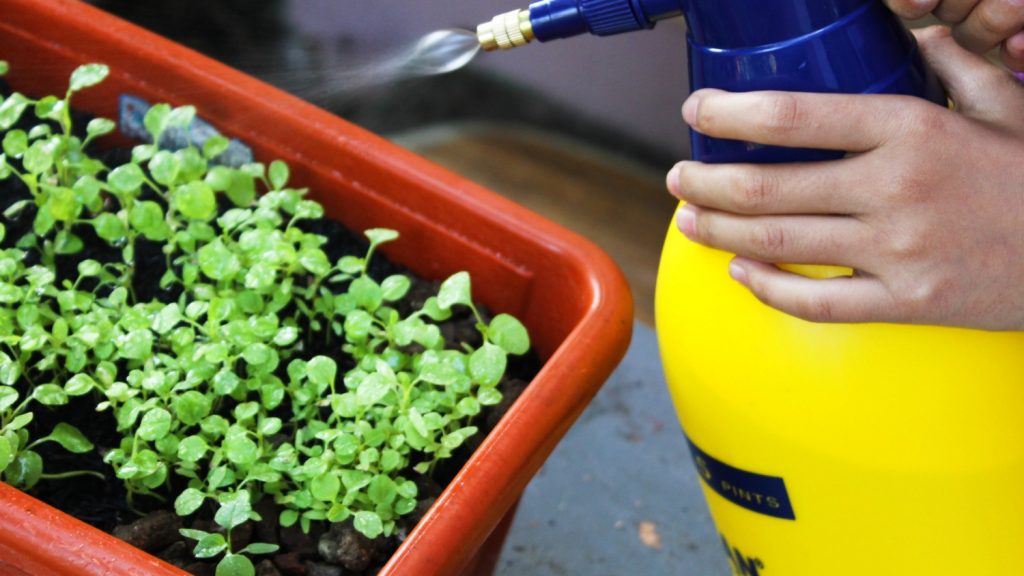
Use diatomaceous earth
Diatomaceous earth is just about the strongest natural insect killer out there. Comprised of microscopic fossilized algae, diatomaceous earth is a fine powder that kills insects shortly after they come into contact with it. The jagged edges of the diatoms penetrate the bony exoskeletons of hard-shelled insects, causing them to dehydrate from the inside out.
There is a downside to using diatomaceous earth, though, and that is that it kills insects indiscriminately. Diatomaceous earth is just as deadly to ladybugs as it is to aphids. So you should only use diatomaceous earth to kill tiny white bugs in soil if it’s absolutely necessary.
Diatomaceous earth is extremely drying, so it can be irritating to the sinuses. Only apply diatomaceous earth on a still day, and be sure to wear safety goggles and a face mask when doing so.
Consider transplanting or uprooting affected plants
If worst comes to worst, you can always transplant the infested plants or uproot them and start over. Sometimes, simply moving the plant to sterile soil is all that’s needed for it to recover. But if you haven’t got the space to transplant, or if you just don’t want to deal with the hassle of nursing a sick plant back to health, consider uprooting the infested plants and starting over.
If you choose to replace the plants, be sure to grow the new ones in clean soil. Sticking new plants in the same insect-infested soils that killed your last ones would be a waste of time and money. Replace contaminated potting soil with a new bag and scrape out bug-riddled garden beds and window boxes to stop the infestation from spreading.
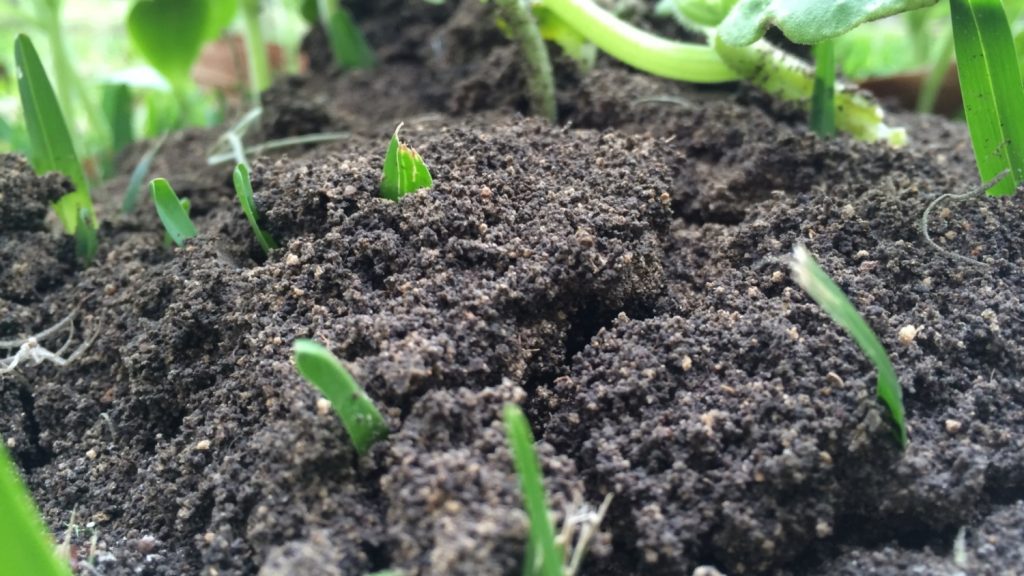
How can you prevent white bugs from infesting your garden soil?
It’s much easier to prevent insect infestations than it is to stop them once they start. Here are a few tips to help you keep the garden pest away from your plants.
Avoid overwatering
Aphids, mites, thrips, and mealybugs are much more comfortable in damp soil than they are in dry ground. So to prevent these damaging insects from taking over your garden soil, be sure to avoid overwatering. Always check the soil an inch below the surface before watering. If the ground still feels damp, wait another day or two before turning the hose on. Also, consider removing any mulch you may have spread over the area. This way, the sun can reach the soil and help things dry out.
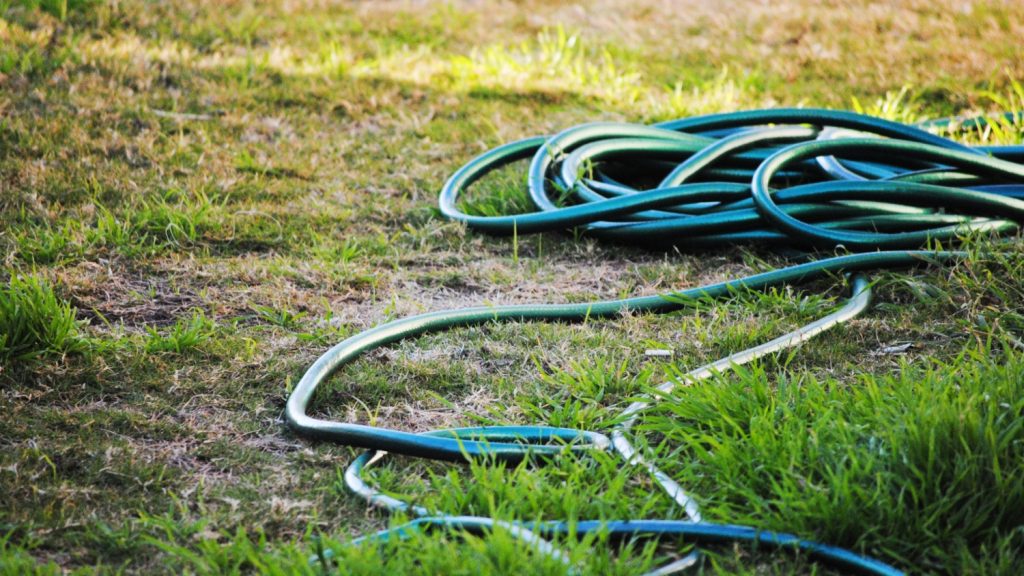
Clean up old plant debris
Rotting leaves and old flower heads can trap moisture at the base of your plants. This doesn’t just make the soil more hospitable to insects, but it also creates a breeding ground for bacteria. Rake up old plant debris to improve air circulation around your plants. This will help keep the soil dry and prevent insects from invading.
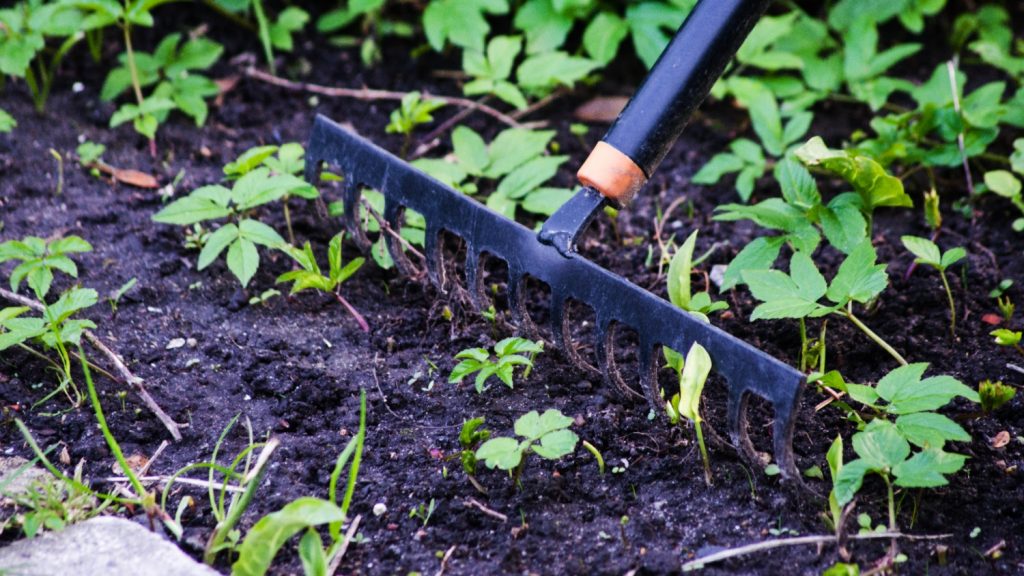
Install a compost bin
Instead of tossing that old plant debris in the garbage, consider installing a compost bin. Old plant trimmings, discarded fruits and vegetables, eggshells, coffee grounds, newspaper, and dozens of other biodegradable materials can provide your plants with valuable nutrients as they break down. Compost also encourages soil mites, worms, and other beneficial soil-dwelling organisms to visit your garden.
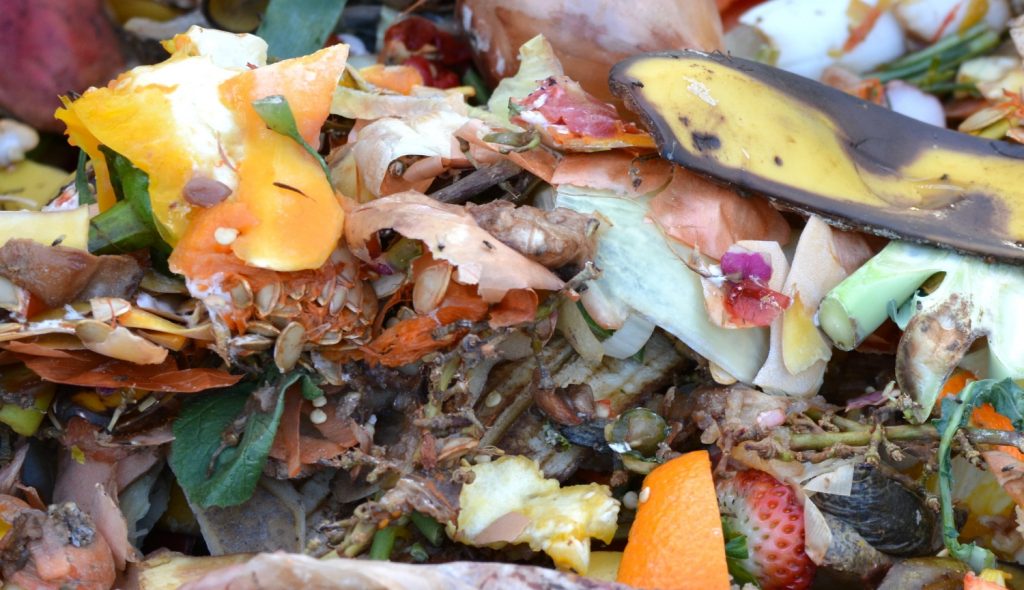
Do you have to get rid of tiny white bugs in soil?
If the white bugs in your soil are definitely soil mites, then there’s nothing to worry about. And if you only have a few white bugs in your garden and your plants aren’t showing any signs of illness or nutritional deficiencies, you don’t necessarily need to treat them. Just keep an eye on the situation, or release a few predatory insects as a precautionary measure so things don’t get out of hand.
Those little white bugs aren’t always a cause for concern. But when they are, employing a few treatment strategies can help you regain control of the situation and restore your garden’s good health.
